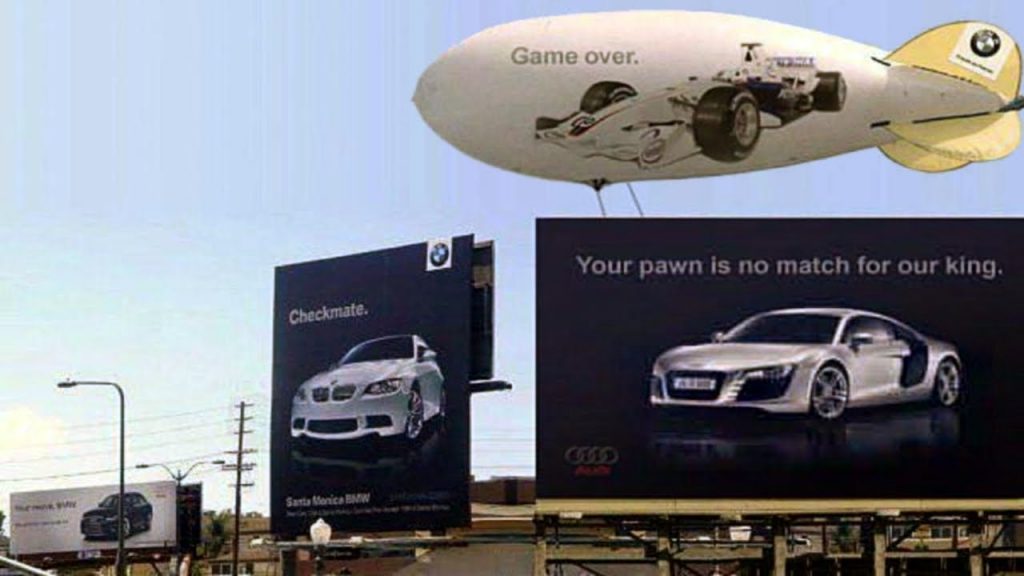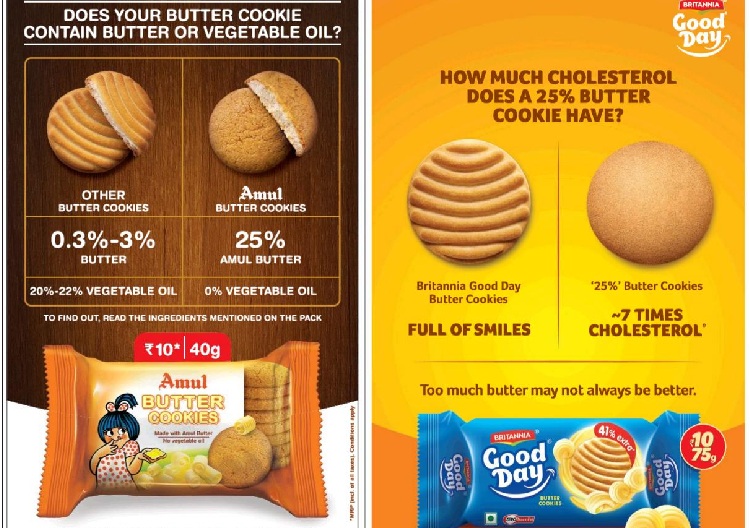“It’s a rat race out there!”
“Don’t be just another sheep in the flock!”
These are some common terms you focus on when you think of competition (competitive marketing), right? Every brand wishes to be unique in the market. They look for ‘that exceptional thing’ they can offer so they can stay ahead of the game.
Practically speaking, being unique comes off more easily than you think. You invent a whole concept when you say ‘unique’. On the other hand, discovering a special feature in your brand in a sea of similar fishes drives you to go way out of the box to present your products ‘unique’.
Get the point? Well, let’s just say competition is complicated. But there’s more to it…
As the name explains itself, it’s a competition between similar brand positions. Each brand advertises itself as the best option in the market, with reasons to claim for the same. Now, you may think…what’s so different about that from normal advertising? Every brand wants to show they are the best. True! But the strategy used to market the products makes all the difference.
Brands using competitive marketing can only mean two things:
And this is the basic blueprint of competitive marketing. So, how does it work?
It could be a friendly banter (rather publicly) between two or more brands, using taglines to counter the existing brand in the market or a conscious move without actually specifying any competitor details.
When you understand the basics of competitive marketing, you realize that “It’s just similar brands brought together and claiming who’s best and why!”
Well, yes…but not ‘just’ so.
There is a natural urge to showcase a ‘comparison’ when we say competition. But that’s not exactly necessary here. When there’s a comparison, brands must make sure they do not address anything outside the boundaries permitted (legally). You cannot just announce “Brand A has defects, so choose Brand B”. If there aren’t any claims to support this, then it becomes an offense before you even get to the point of marketing.
Remember Hindustan Unilever Limited v/s USV Private Limited of 2021 catching wide attention because of their legal battle?

HUL’S bathing soaps (Lux, Dove, Pears) were orally mentioned in USV’s advertisements for their level of pH being higher than 5.5, which (as they mention) stands to be harmful to the skin. USV went on to indicate that using it would be equal to the effects of HUL’s another reputed (detergent) soap – ‘Rin’.
Now, this not only questions HUL’s brand projection but also USV’s reputation at stake. It literally compares the features and effects of another brand (blatantly) in the same field.
Take BMW and Audi’s popular public exchanges. Both brands take it out on each other with taglines and better features from their previous remarks. As in, you know they both address each other but choose to play along…not backing down and posing as a real sport.

Their famous billboard series in Los Angeles created much hype on social media and led to a positive impression on the audience. The billboard battle was in the form of a chess game, which intrigued and most importantly, entertained the people passing by. In this case, comparative marketing had worked marvelously. Both the brands battled it out, keeping up with the reputation.
And that’s how you play the match!
Competitive marketing, in general, aims to influence its brand weightage to the audience. Comparative (marketing) falls ‘under this’ and goes on to compare (like that wasn’t obvious enough) the attributes specifically.
In 2019, Amul had put up a campaign on social media about how their butter cookies actually contained butter and not oil fat. The post in itself showed another competitor (Brittania) and its butter percentage in their cookies. This was a huge blow as Amul attacked their main selling point. But this also stirred conversations among consumers about being aware of products they intake. That’s how a competitive strategy must play out.

Raising product awareness, backing up with solid proof, can get your brand to be differentiated from its other competitors, and lead to increased visibility. There is no gaslighting here, provided, of course, you move in the right spirit. A friendly exchange (like BMW and Audi), product (feature) awareness (like Amul’s) are some healthy competitive strategies that invite brand attention (and a bit of entertainment too).
Another note that brands usually forget is to not get swayed at the moment. You won’t believe how hard that is!
When brands take up this style of marketing, they are consciously targeting their competitors or their specific features. So, that can naturally push them to go ‘mocking’ instead of ‘enriching’ with information. Or even in a more creative way, like using catchy taglines, it shouldn’t sound like you’re putting them off. That’s where the balance trips.
So, back to the question –
It can be… when you play your part with a pinch of salt. The message and audience addressed to, must be a priority rather than just jumping into the whole “let’s play it rough” mode. At the end of the day, the brand putting up such ads will also be affected. So, reputation will always be at stake for both (or more) brands involved.
Trying out innovative ideas can also work in their favor apart from simply laying down facts. Like the popular clash between The Hindu and Times of India, there was information conveyed while also moving strongly at each other. Although TOI started it, The Hindu finished off in style with the tagline “Stay ahead of the times”. Quite a smart move there!
Brands can take up competitive marketing strategies with interesting and engaging creatives rather than looking down upon their competitors and making egoistic statements.
There’s always room for experiments in advertising. Might as well embrace it!